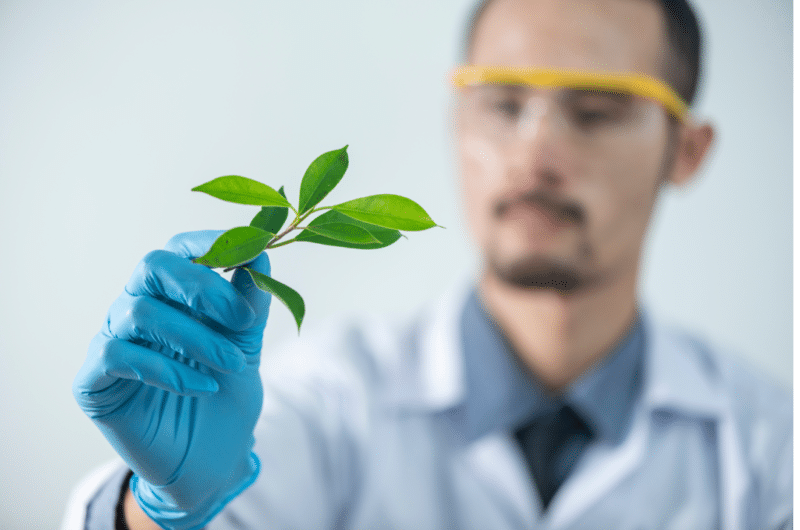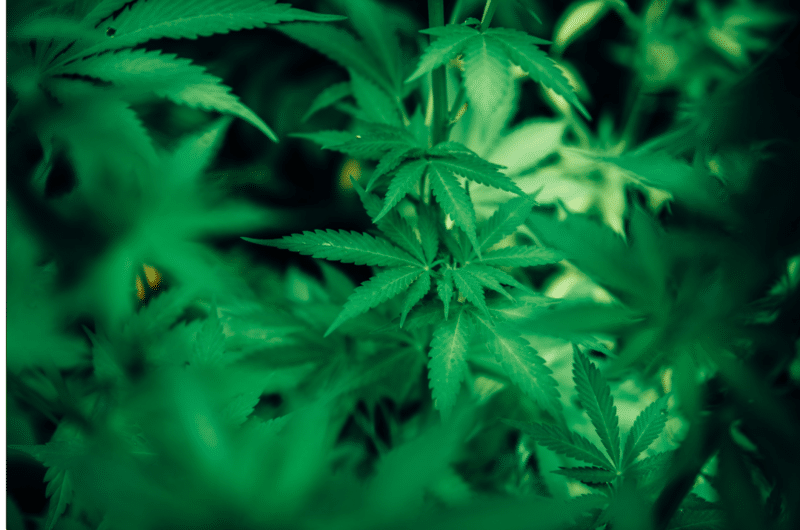Diving Deep Beneath the Surface
We all know the story about the Titanic and how it fatally hit an iceberg. What most people don’t realize is that the iceberg actually scraped along the starboard, or right side of the hull, below the waterline. While the above-water iceberg might have seemed a safe distance away, the part of below-water extended much farther: the entire damage was underwater.
And considering that, on average, about 90% of an iceberg is below the waterline, this is not surprising. Just looking above the waterline, it is hard to tell what’s hiding beneath.
And how does all this relate to CBD? Simply put, hemp and its benefits.
CBD and THC are the most well-known cannabinoids in the hemp plant. But, just like an iceberg, there is much more beneath the surface of what we know.
CBD is just the “tip of the iceberg” of the entire hemp plant. There are many more cannabinoids hiding beneath the surface. In fact, within the hemp plant, there are over 480 different compounds, of which around 100 are termed cannabinoids.
We’ve already discussed the cannabinoids CBD and THC thoroughly in previous blog posts. But let’s take a deep breath and dive beneath the water level to see what other the major cannabinoids are hiding there.

As the cannabis and CBD industries continue to expand, having an understanding of cannabinoids can be beneficial as they are being included in products such as ingestibles, both with and without CBD included.
Initially, the hemp seed has mere traces (if any) of cannabinoids, but once the seed sprouts, magic happens and cannabigerol (CBG) is created. It’s essentially the mother or father of all cannabinoids.
The combination of multiple cannabinoids lends well to the entourage effect, the notion that cannabinoids, combined with other hemp compounds such as flavonoids and terpenes, maximize each other’s benefits when combined together and can have a more profound effect on the user.
Let’s discuss CBG and some other interesting cannabinoids that have the potential to make an impact on people’s lives. In general, cannabinoids other than CBD and THC are defined as minor cannabinoids.
Cannabigerol (CBG)
CBG is the parent molecule from which all other cannabinoids are synthesized. During plant growth, most of the CBG is converted into other cannabinoids, leaving roughly only 1% of CBG in the mature plant.
CBG, like CBD but unlike THC, won’t give you any of the “high” effects. Recently, there has been ongoing research regarding CBG and its potential benefits.
In fact, even the US government is also curious about this cannabinoid. In 2018, The National Center for Complementary and Integrative Health (NCCIH) announced plans to research this lesser-known cannabinoid for potential pain management benefits.
However, since CBG is so scarce within the hemp plant, its price reflects that and can go as high as $50K. Yes. You heard it right. And for that reason, products containing CBG, although incurring a high cost of goods, also hold a great earning potential.
CBG, like other cannabinoids, interacts with chemical receptors in the endocannabinoid system (ECS). CB1 and CB2, the two primary receptors, are found in nearly every system of the human body. CB1 receptors are primarily in the brain and nervous system and CB2 receptors are more prevalent in the immune system. CBG interacts with these receptors to help regulate a variety of functions including pain, appetite, hormones, inflammation, and blood pressure.
Cannabichromene (CBC)
This is another rare cannabinoid in terms of its quantity in the hemp plant and is also costly to produce.
CBC also won’t get you high, and that’s due to the reason that it binds poorly to the CB1 receptor in the brain. Nonetheless, CBC was found to bind with other receptors in the body.
CBC research shows a promising outlook in helping tackle many physical conditions, however, we still need to wait for research to advance further before we can draw any conclusions. But it’s definitely worth keeping an eye on.
Cannabinol (CBN)

CBN is a unique cannabinoid. While all cannabinoids are formed actively from CBG during the hemp plant’s maturing process, CBN is the result of the changes happening in the plant as time advances.
More specifically, CBN is created when THC is oxidized (exposed to oxygen over time) and therefore is mostly found in aged cannabis.
CBN is thought to primarily bind with the CB2 receptor and, therefore, doesn’t cause any psychoactive effects. Furthermore, CBN acts as an agonist to the TRPV2 receptor, a naturally produced protein that regulates several biological systems in the human body.
Cannabicyclol (CBL)
In 2008, CBL was found in an ancient sample of cannabis in a Chinese tomb dated to approximately 2700 BCE. In this sample, CBN and CBL were respectively the two most abundant cannabinoids found. CBD levels were much lower, and THC was undetectable (although the presence of CBN and other metabolites indicate that the sample was once high in THC).
Despite the fact that CBL has been around for so many years, this cannabinoid is one of the least studied of the cannabis plant. In fact, no biomedical research has taken place with respect to CBL or its potential benefits, so it is still unknown if CBL has the ability to even bind with ECS receptors.
Last, but not least, there are other cannabinoids such as cannabinodiol (CBDL), cannabielsoin (CBE), and cannabitriol (CBT) that we have very little knowledge about at this point. More research is needed to delve into these minor cannabinoids before any conclusions can be made about their potential benefits.
Key Takeaways
As the medical cannabis and CBD industries continue to grow, it is worth monitoring new cannabinoid research as it comes to light. As a healthcare professional, you understand the importance of staying on top of new research as it affects your field. We certainly have more knowledge about CBD today than we did in the past. Knowledge about other cannabinoids is only going to continue to grow.
Want to learn more about CBD and how these products can help you grow your business?
You are invited to join our community on Facebook, Instagram, Twitter, and LinkedIn . If you are a licensed healthcare professional, you are also invited to join our exclusive private group.
Disclaimer: This information is for educational purposes only. It has not been approved by the FDA to diagnose, treat, prevent, cure, or mitigate any diseases or conditions. We use CBD in our products for cosmetic purposes only.


